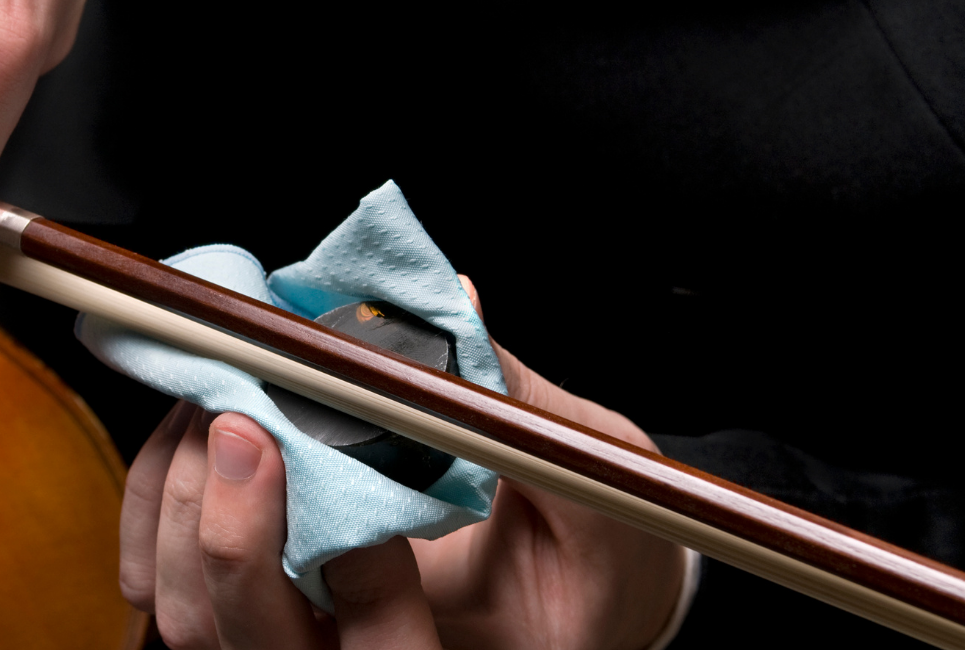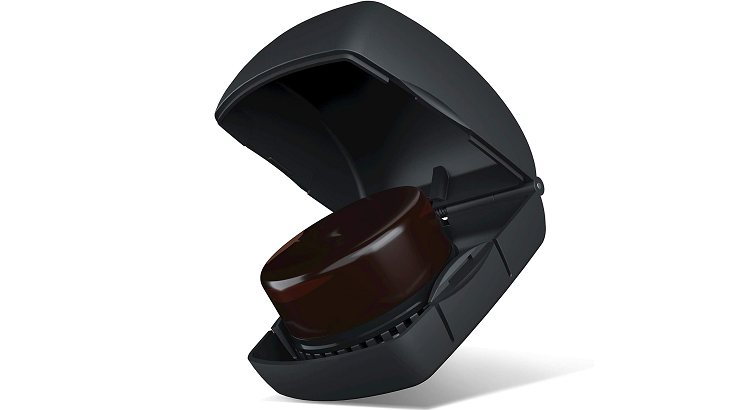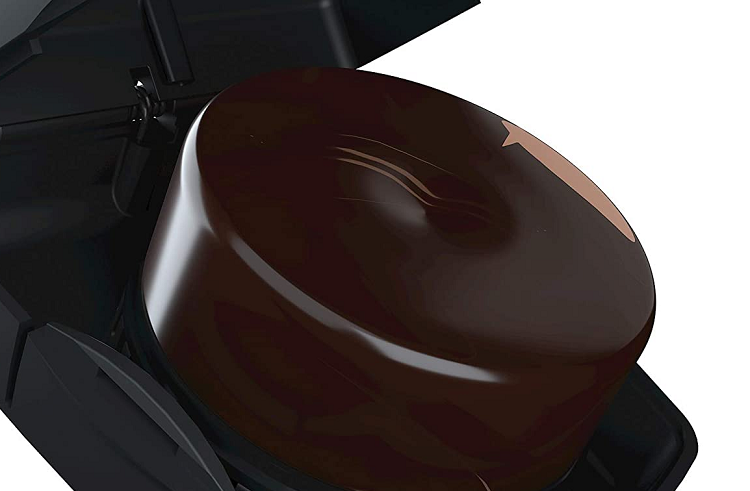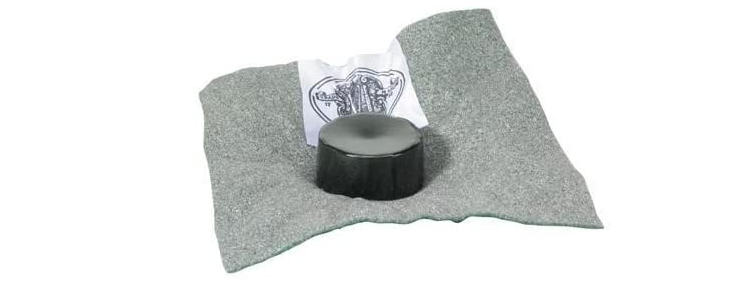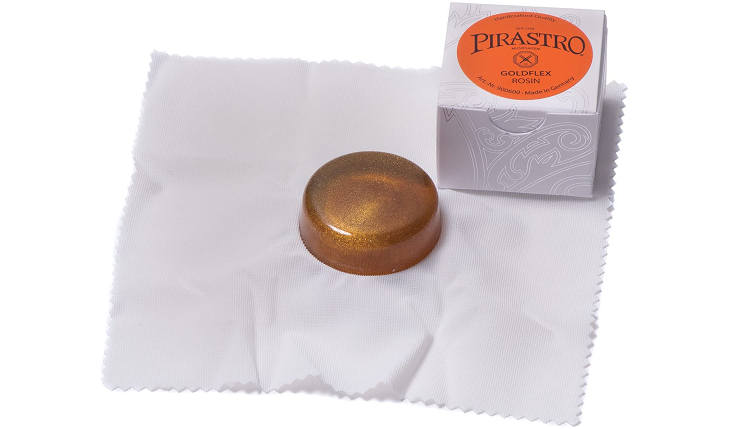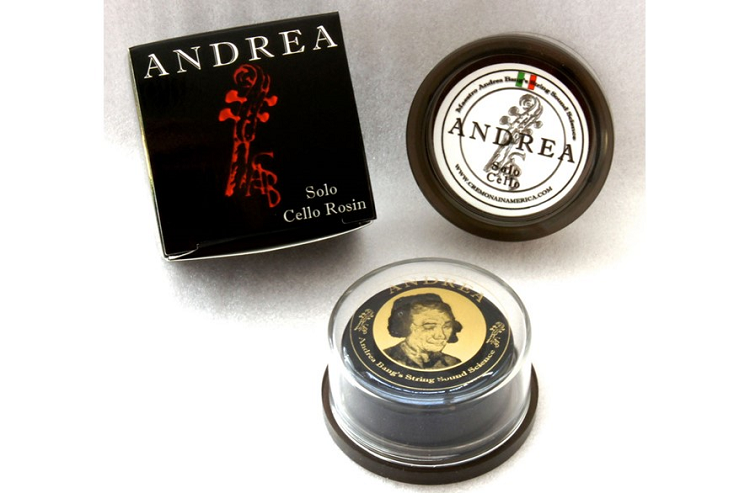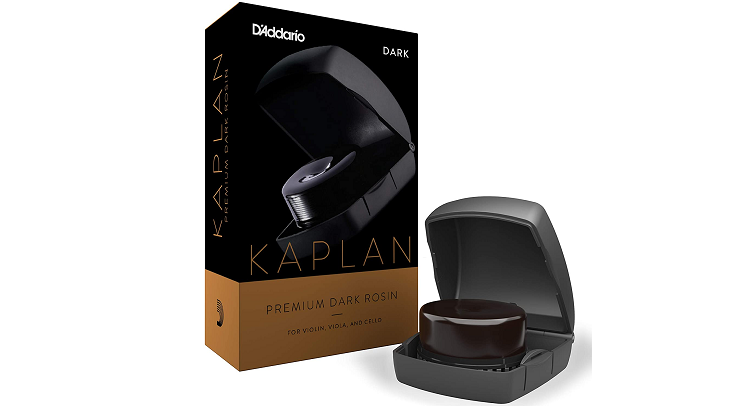- How to Find the Best 5 String Violins - April 21, 2022
- How to Hold a Violin Bow - April 21, 2022
- How to Hold a Cello Bow - April 17, 2022
When you buy an item using one of our links, we may earn a portion of the sale. Strings Guide and some products featured on the site are owned by the same company. Learn More.
Summary: Knowing how to find the best cello rosin means knowing the weather where you live, the strings you have, and your skill level. For the cello, stick with something middle of the road in terms of how light and dark it is, and how hard or soft it is.
Rosin is an important tool in your musical toolbox. Rosin has an immediate and noticeable impact on the sound your cello can make. If you have played the cello for a few years, then you have invested a lot into your skillset, and you know how to move your bow properly and exert the right amount of pressure.
Now you need to know how to find the best cello rosin. As a cellist, you need more than just your basic instrument. You need accessories like a bow and case, and of course, rosin.
What is Rosin?
Rosin is a firm by-product that results from purified tree sap. That doesn’t mean the sticky sap that remains glued to your fingers after you pick up a fallen pinecone; rosin has been purified with imperfections removed. What’s left will harden and ultimately become a physical box or cake of rosin.
You might have already checked online for the best cello rosin and found an overwhelming number of options with words like “summer,” “light,” “soft,” “winter,” “amber,” “black,” and so forth.
Well, rosin comes from pine trees, and there are many different types of pine trees. So, you get many types of rosin, too like rock hard rosin or squishy soft rosin, clear all the way through black in color.
Generally speaking, the best cello rosin will be medium firmness and color.
| Instrument | Recommended rosin |
| Violin | Lighter colors like white or honey yellow
Soft |
| Cello | Middle of the color spectrum like amber
Medium |
| Upright Bass | Darker colors like black
Firm |
Who Should Use Rosin?
Every cellist needs rosin, from beginners to professionals. The more you play the cello, the more maintenance you will have to put into your instrument and that means using rosin. Rosin makes your bow strings just sticky enough that they properly glide across the strings of your cello without getting stuck.
As you practice you will start to notice the sound between “perfect glide” and “stuck”.
You can find cello rosin in cake form or block/boxed form.
Is the Best Cello Rosin Boxed or Cake?
Boxed rosin typically comes in clear or amber colors. This means it is universal and can be used on any stringed instrument including a cello.
Who Should Use Boxed Cello Rosin?
- If you have more than one stringed instrument, you might prefer an amber colored rosin so that you can use it on all of your instruments.
- Amber, clear, or other middle of the road boxed rosin is great for musicians with synthetic bow hair.
- Boxed rosin is better for durability–it lasts longer than cake, and it won’t break or crack. This makes it better for beginners and students who might not use as much as a professional and therefore need their product to last longer.
Who Should Use Cake Rosin?
- Cake rosin is higher quality, often purer. This is better for professionals.
- Cake rosin comes in summer and winter mixtures, ranging from amber to black in color, so it is better for cellos and, again, advanced musicians.
How to Use Rosin
When you find the best rosin for a cello, your goal is to evenly coat your bow strings.
- If you apply too much rosin, you will end up with rosin dust all over your lap.
- If you apply too little rosin, you won’t get the grip you want from your bow.
Don’t worry about over or under applying at first. It takes time to learn the finesse you need. I am quite positive I both over and underapplied rosin for the first month after getting a cello. We all learn from our mistakes.
In fact, some of us publish our mistakes online, like these embarrassing rosin moments:
To apply rosin:
- Tighten your bow
- Hold it in your right hand and the rosin in your left. If you play with the opposite position, then swap those: the left hand holds the bow, and the right hand holds the rosin.
- Stroke the rosin across your bow evenly between 5 and 10 times.
Here is a video if you are a visual learner:
Dark or Light Rosin
Dark rosin, referred to as “winter rosin,” is:
- Softer
- Often too soft and sticky for humid environments and better for colder, drier climates
Light rosin, referred to as “summer rosin,” is:
- Harder
- Not as sticky
- Better for hot and humid climates
You do not have to choose one over the other. I, for example, have both. I tried to be frugal once and only buy one type (softer, amber rosin) because I lived in California, where the weather was always hot and reliable.
But then I moved. And when winter came, it brought temperatures I did not know even existed, months of snow, and a mess of rosin when I tried to rosin my bow. The lighter rosin I had used in California was no longer appropriate. So, I had to buy dark, winter rosin.
But I kept the light rosin because, again, I am frugal. It was a good thing I did, too, because the following summer was the hottest on record in my new home and the dark rosin didn’t cut it anymore.
Now, generally speaking, lighter rosin is firmer and denser, so it is better for the viola or violin. Darker rosin is better for the lower strings on a cello or bass.
Should I Use Rosin with Metal Flakes?
There are many rosin products that come with metal bits added. These are meant to increase the status friction and change the tonal qualities of your cello.
Rosin with metal can include gold, silver, lead-silver, or copper. Any of these can influence the sound you make but are best for professionals, not beginners.
I have used gold-flake infused rosin and found that it was the perfect, warm touch to my cello sounds. However, I was also playing in a classical orchestra environment.
When I tried to play with a contemporary Christian church band, the sound was a bit off, so I reverted to regular rosin. You will have to play around with different types in much the same way until you find what works for your instrument and your music.
| Type of rosin | What it does | Who should use it |
| Gold rosin | Produces a warm, clear tone | Soloists who want a more defined tone or players who want to soften a harsh sounding cello |
| Silver rosin | Produces a brighter, more concentrated tone for higher positioned notes | This is better for professionals who want a clear, defined tone for metal, rock, alternative, or even contemporary cello parts |
| Lead-silver rosin | Produces a fresh tone with enhanced clarity | Better for violins or violas, not cellos |
| Copper rosin | Produces a warm, velvety tone | Better for the gamba, but also good for cellos that are fractional sized |
How Often Should I Use Rosin on a Cello?
You should use rosin once for every 5 hours you play or practice. How this translates is based on you.
- If you are new and only practice 20 minutes each day, with an hour-long lesson once per week, you can get away with applying rosin once per week.
- If you are an intermediate player, and you have lessons every day, and practice at home, reapply every 5 hours.
- If you are a professional and you play all day, every day, you will need to take breaks in between long rehearsals or shows to reapply.
What is the Best Rosin?
There are many top brands for cellos, and these manufacturers often produce accessories like rosin.
The Original Hill Dark Rosin
The Original Hill Dark Rosin is perfect for the cello and well regarded for its pure recipe and high quality.
I love this product, personally, because it has a special shell that extends its lifespan, is perfect for all levels of skill so I don’t have to change rosins as I get better at playing the cello. It is called “original hill” because it uses an “original recipe” for rosin that I have personally found to be cleaner and purer.
Pirastro Goldflex Rosin
Pirastro Goldflex Rosin is perfect for professionals. Pirastro is synonymous with professional quality. They produce some of the best cello strings in the world and rosin. This particular rosin has the gold added to increase friction and produce a brighter tone. It is perfect for members of an orchestra who need a warmer, classical sound to be heard over other instruments.
Andrea Solo Cello Half Cake Rosin
Andrea Solo Cello Half Cake Rosin has received awards because of the sophisticated sound it produces. There are three types of rosin each of which are meant for different cello skills. The solo cello cake rosin is for soloists while the duet option is, clearly, for duets, and the orchestra option is designed for orchestra members.
Kaplan Premium Dark Rosin
Kaplan Premium Dark Rosin with a case is ergonomically designed. Instead of a chunk of cake or a black, you can hold the case firmly in your hand. This rosin has a special formula to minimize dust, making it great for cellists with allergies. There are light and dark options, so you can pick the dark rosin for your cello.
The case has a dial at the bottom to help you avoid grooves by moving the rosin in a circular fashion so that you use it evenly. Be advised that with this block, as you use most of it and get down to the dregs, it will start to crumble on you, so you won’t really get to use all of it.
FAQ
Answer: There are different types of rosin products for different instruments and strings. For dominant strings, you can use any type of rosin, winter or summer or anything in between. You can always use rosin with metal too. Players tend to gain personal rosin preferences with time, and in general, for cello Dominant strings, a harder, darker rosin is better.
Answer: Something that is suitable to your level. If you aren’t a professional, don’t invest in the most expensive, gold-infused rosin. Likewise, as a professional, don’t cut corners with a cheaper block of rosin meant for music students.
Good rosin is high quality. There are lots of “cheaper” rosins out there that market themselves as competitive because they include a cloth or a carrying case, but extra accessories will not compensate for poor quality.
I assure you; I’ve tried to travel that road to “savings” many times, and no matter what, I have always found that if something comes in a kit, the quality of each piece of that kit is much lower than if you purchase piecemeal.
Now, sometimes that is ok, sometimes that is what you want as a beginner or when you are buying a simple first aid kit for your car, but it won’t work for intermediate or advanced cellists.
Answer: Rosin will last between six months and two years, depending on how you take care of it. Obviously, higher-quality rosin with fewer imperfections will last longer. If you purchased a large block then you should make sure you store it properly in a sealed, airtight container.
Even if you purchase a smaller cake, you still want to make sure it lasts as long as possible by storing it properly. You will know if you haven’t stored it properly because the appearance will start to change.
If you live somewhere hot, don’t leave it on the counter right in front of an open window or it will melt. I know, I’ve done it. Keep your cello rosin in a resealable container that is airtight like a mason jar and then leave it in the refrigerator.
Looking for more interesting readings?

